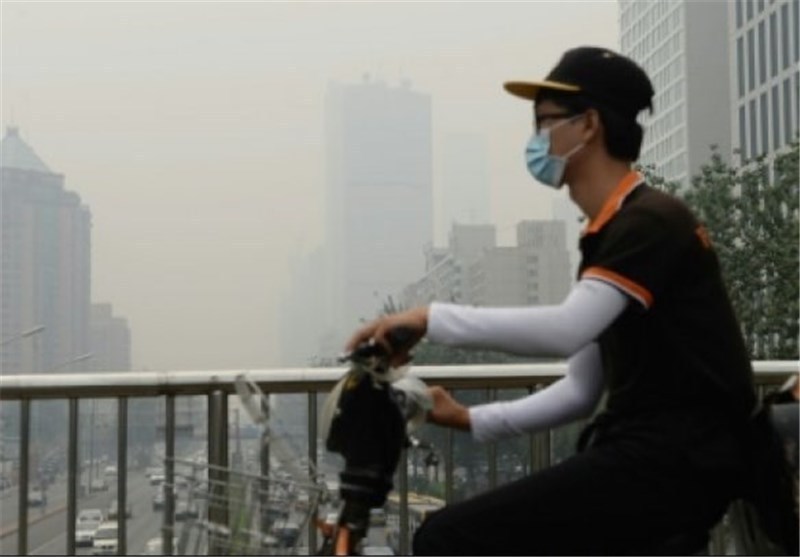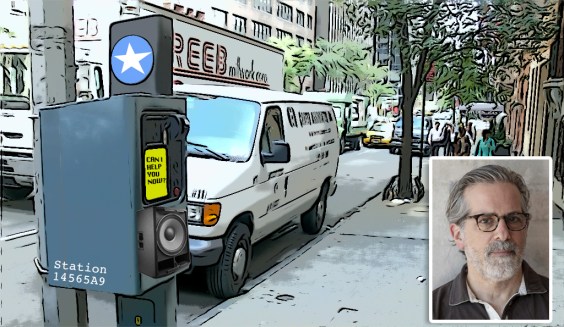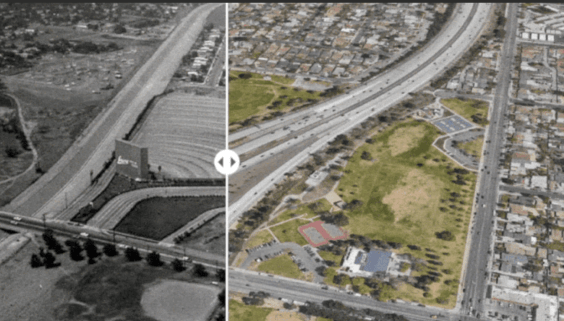As the COVID-19 outbreak ebbs overseas, cars are returning to the road en masse — and if America wants to avoid a similar surge in violent and toxic motor-vehicle travel, we should start preparing now, advocates say.
China, one of the first countries to lift its lockdowns, is already experiencing a surge in motor-vehicle traffic as it re-opens its provinces to non-essential travel. Rush-hour traffic congestion almost immediately achieved pre-pandemic averages in Shanghai and Beijing, while traffic has risen from last year's averages in the megacity of Chongqing, according to some reports. Experts fear China may quickly lose the cleaner air its residents have enjoyed for the last few months: greenhouse-gas emissions are rising across the country, even though conservative estimates put the country's total COVID-19 deaths at 20 times less than the number of lives that were saved by the plunge in pollution during the lockdown.
Pollution could rise again here, too, if America doesn't start taking urgent action now against the resurgence of car culture.
"We'll need an army of voices bigger than ever before to demand that when we go back to 'normal,' it's not the same 'normal' that pumps carcinogens into the air and kills 40,000 Americans every year," said Joe Cutrufo of Transportation Alternatives. "Everyone is itching to get back to their usual lives, but there are definitely a few pandemic-induced adjustments that would be nice to have stick around — namely, less driving."
But America is likely still shy of its pandemic peak, so travel could remain suppressed for months — giving us time to take meaningful steps to remake our transportation network.
That means we must make some crucial choices:
We could advance federal policies that lean on highway spending to rebuild our economy, like we've always done, never mind the fact that building car-centered infrastructure just makes us poorer. Or we could shift infrastructure spending to make our cities more resilient: laying train tracks, patching sidewalks, adding bike and bus lanes, traffic-calming through road diets, and performing street repair.
We could let the pandemic-related plunge in bus and rail ridership become a death knell for transit. Or we could start treating transit like an essential public service that shouldn't have to rely on fares for its very existence.
We could stand by while our essential transit workers die in outsized numbers, all but ensuring that public transportation won't function when the virus subsides. Or we could take steps now to protect them.
"The most important thing for transit right now is to maximize safety: provide protective equipment for transit workers, run service in a way that minimizes crowding, improve ventilation on buses," said Ben Fried of Transit Center. "Without the basics of safety, nothing else matters. Flubbing public health precautions today will make it that much harder for transit to draw riders again tomorrow."
We could resign ourselves to a rebound in short, pointless car trips in the coming months. Or we could recognize that bikes, scooters and other micromobile modes can replace most driving without much inconvenience — and start building the protected infrastructure those riders need to stay safe.
We could give our empty roads and parking spaces back to cars. Or we could permanently repurpose them for people — and encourage businesses to put the essentials within walking distance of every resident.
We could resign ourselves to a return to the status quo, patting ourselves on the back for saving lives from car crashes and pollution-related diseases — and go right back to a way of getting around that kills our neighbors and our planet.
Or we could remember what the COVID-19 outbreak taught us: that less driving didn't kill us. In fact, staying home saved untold lives, both from the novel coronavirus and on our streets. We might even have found some joy in a life without long car commutes and short drives for fleeting forms of entertainment or forgotten grocery-store items. Maybe we can save even more people — and make a joyful, human-scaled way of life accessible to all American — when it comes time to get moving again.






